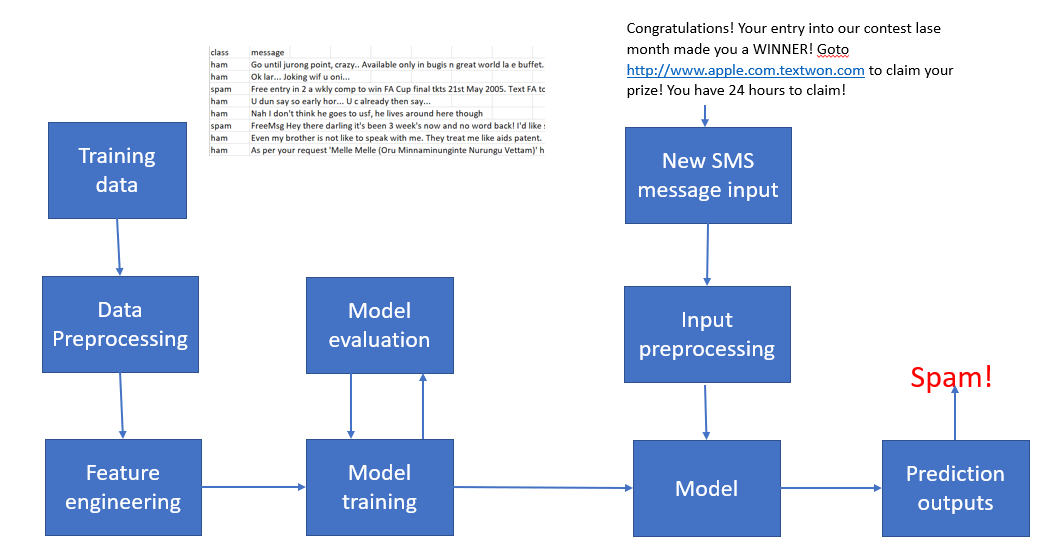

Read A quick tour of creating tools with Model Builder for a step-by-step explanation based on a given scenario.įrom into the Model window menu and choose Model > export > To Python Script and choose a location to save the new. In Figure 4, an input has been dragged into a new model and the inputs and outputs for the parameters have been set. Read through A quick tour of Model Builder for an explanation of the Model Builder interface. The Model Builder utility within ArcGIS is used to create, edit and manage models. Read Tools and toolboxes for an explanation of how tools can be chained together to create models by following the steps below.

Comments can be used as placeholders or as a means of documenting a script. The “#” indicates a comment, and that line will not execute. Even if you are familiar with python, this method can be very useful to get the correct quotation marks and options expected by a function.
Python model builder code#
Right-click on one of the executed tools and select Copy As Python Script.įigure 6: Accessing Features via right-clickįigure 7: Python code generated by executed toolįairly complex inputs can be quickly created using the toolbox. Click Geoprocessing > Results if the Results Window is not open.
Python model builder how to#
Read What is Model Builder? to learn how to lay out a workflow using Model Builder.Īfter setting up a tool and running it manually, the results window in Figure 1 tracks the tools that have been executed. Sometimes it is easier to create a model in Model Builder and then export the model to Python code to see how the corresponding Python code is constructed. Model Builder also allows any model to be exported to Python code. Now the tools are connected and in the proper sequence. Models are created when there is not a suitable solution provided by one of the existing tools in the box.ĪrcGIS provides Model Builder, a graphical user interface (GUI) which can be used to drag and drop tools from the Catalog window into the model. A set of chained tools is also referred to as a model. Geoprocessing frequently uses the output of one tool as the input for a second tool which creates a set of tools that are chained together. If you need to set up tools to run in a specific sequence, ModelBuilder is the solution. There is a Show Help button in the lower-right corner of the tool which provides an explanation of any parameter that is clicked on. Output parameters are the results of finishing its work. Input parameters are the values that the tool uses to start its work. Each geoprocessing tools have inputs and outputs that are required, as shown in Figure 3. Expand Analysis Tools > Extract, as shown in Figure 2.įigure 2: Analysis Tools in the System Toolboxģ.
Python model builder plus#
In the Catalog window, click the plus sign to expand Toolboxes > System Toolboxes.To view the Tools in ArcMap, click on the Catalog tab at the far right, as shown in Figure 1.įigure 1: Locate the Catalog tab in ArcMap Tools can be used to manipulate and analyze GIS data.

ArcGIS provides Model Builder, a graphical user interface (GUI) which can be used to drag and drop tools to create models which will run the tools in sequence. This ArcGIS Toolbox provides many tools to manipulate and analyze GIS data.


 0 kommentar(er)
0 kommentar(er)
